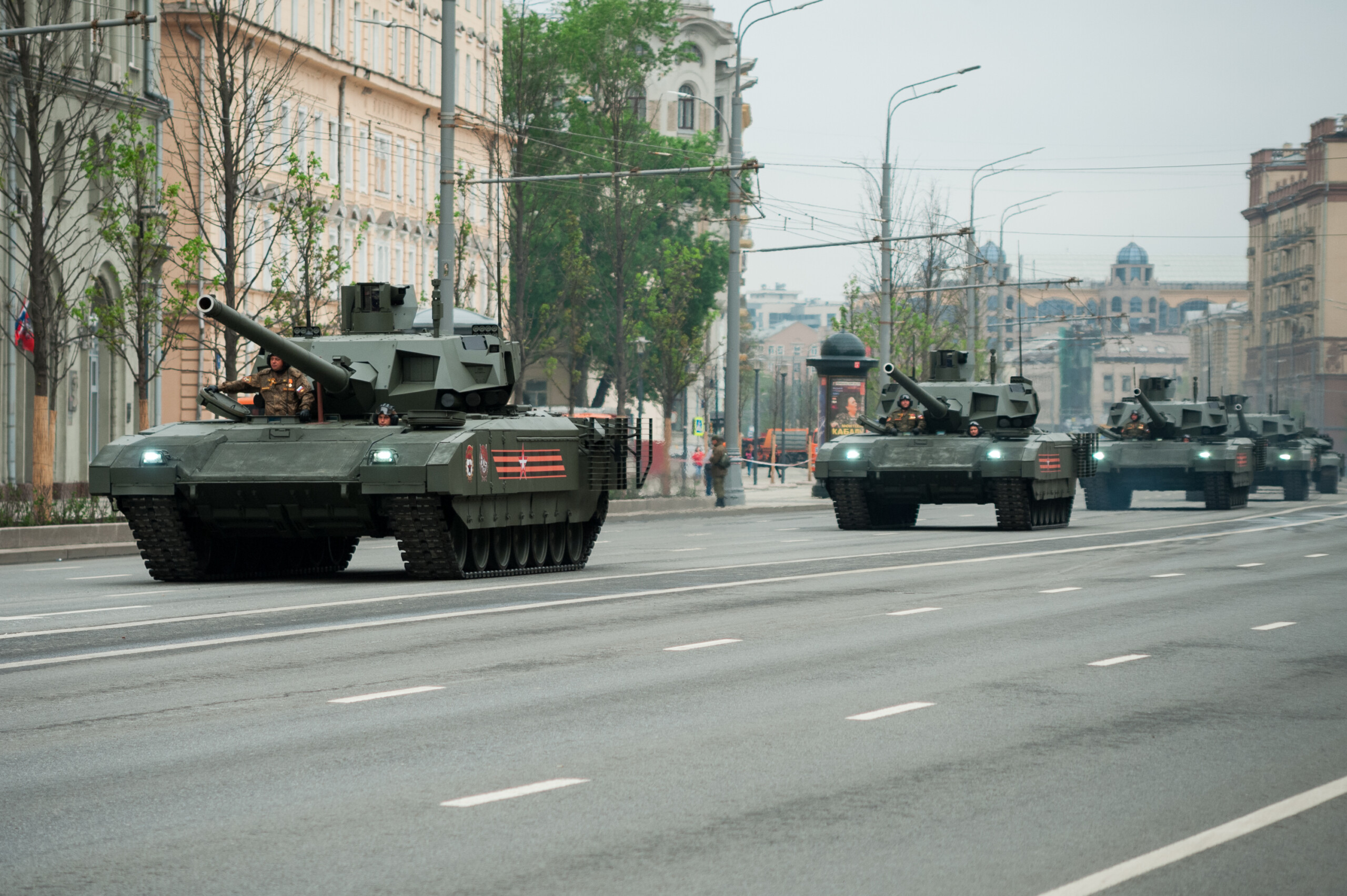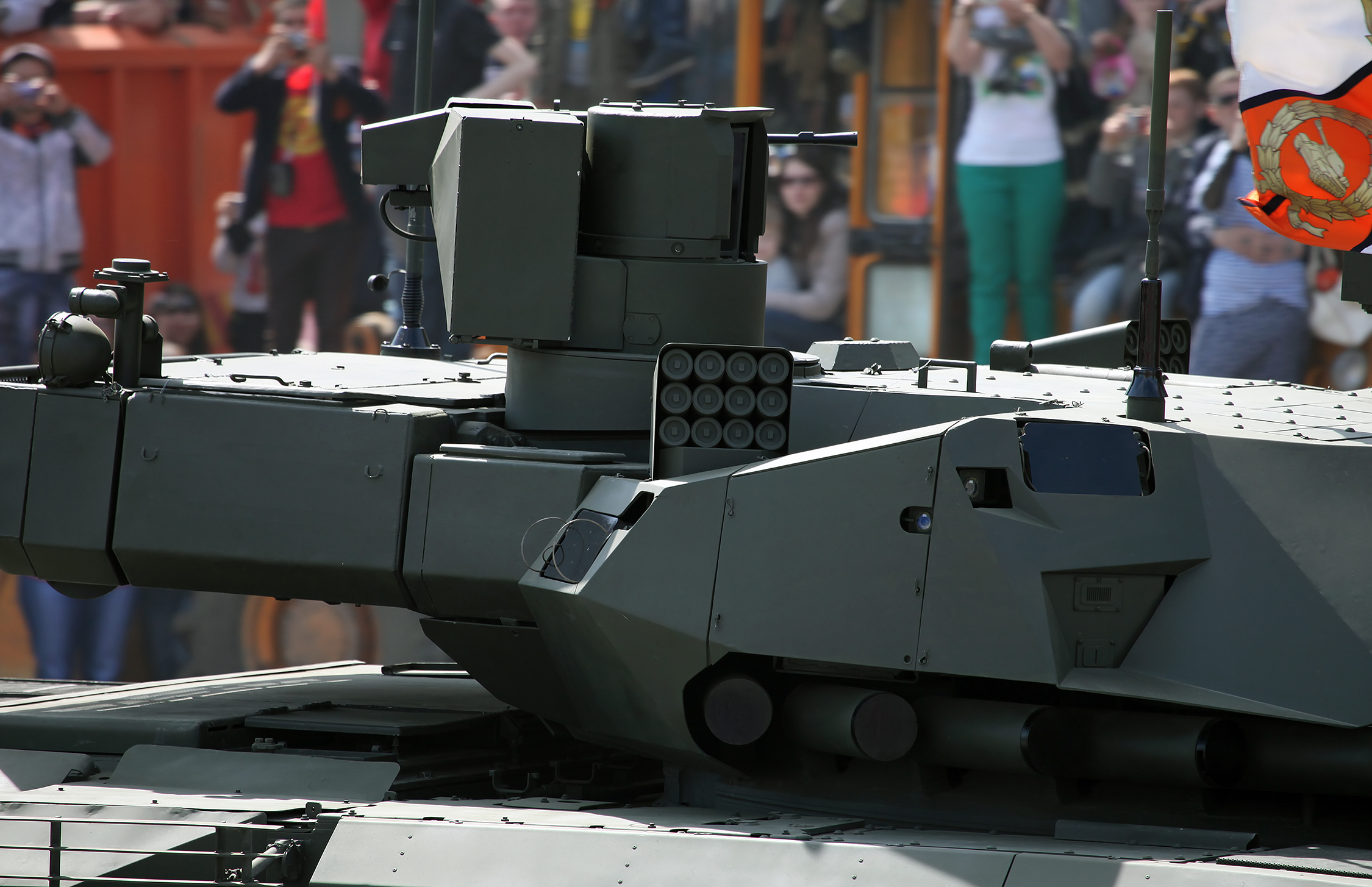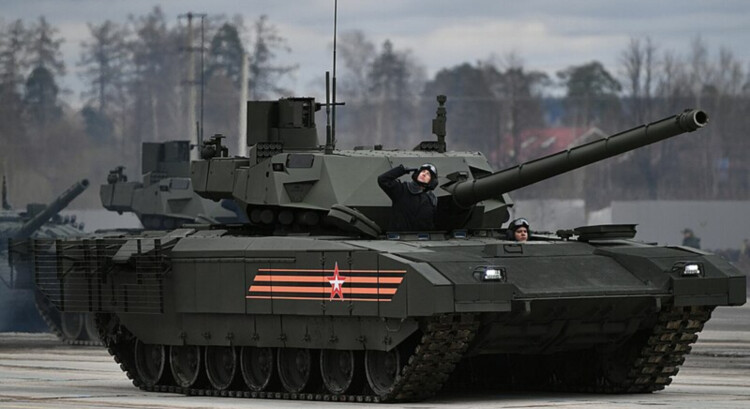In a highly anticipated and widely publicized move, Vladimir Putin’s forces deployed Russia’s advanced T-14 “Armata” main battle tanks (MBTs) in Ukraine—only to be subsequently withdrawn after a brief run.
The T-14 Armata had been touted as a game-changing development in mechanized warfare, with its high-tech specifications and unmanned turret. However, the tank’s deployment faced technical problems, delays, and concerns over its reliability, raising questions about its true capabilities and Russia’s military readiness.
T-14: The Deployment and Withdrawal
According to the state news agency TASS, armored forces from Russia’s southern military district (SMD) were given T-14 Armata tanks for combat operations in Ukraine. While this marked Moscow’s first official confirmation of their use in the conflict, the exact location and duration of the deployment were not specified. The tank saw action on the frontline as several units participated in battles to test its performance. However, the promising Russian tanks were withdrawn from the front line shortly after deployment.
“Members of [battlegroup] South actively used Armata in combat. Several vehicles participated in combat to see how the tank will perform. After that, they were withdrawn from the frontline,” TASS reported, citing an unnamed military source.
Advertisement
The reason for the sudden withdrawal remains unclear, and the Russian defense ministry has not provided an official comment on the matter. SOFREP can only assume it was not because they were performing flawlessly. Nevertheless, it was stated that all necessary tests of the T-14 tank were ongoing, suggesting that the premature deployment may have resulted from mounting pressure or strategic considerations.

Anticipated Advancements and Technical Problems
The T-14 Armata tank has garnered significant attention in military circles due to its cutting-edge features. It is a state-of-the-art MBT developed by Russian defense manufacturer, Uralvagonzavod and has been touted as a groundbreaking addition to the country’s armored forces. Its development began in the early 2010s as part of Moscow’s ambitious efforts to modernize its military and replace aging tank fleets capable of outperforming contemporary armored vehicles on the battlefield.
One of its standout attributes was an unmanned turret, which allowed for increased crew safety and survivability in the event of an attack. Additionally, the tank boasted a powerful 125mm cannon and an active protection system called Afghanit, purportedly capable of intercepting armor-piercing ammunition.
Civilian experts and military officials alike had heralded the T-14 as a revolutionary tank, potentially redefining modern armored warfare. However, despite the high expectations, the tank’s development faced numerous challenges, including persistent delays and technical issues.

During its unveiling at Russia’s annual Victory Day parade in Moscow in 2015, the tank encountered an unexpected hiccup when it stopped functioning during a rehearsal. Moreover, British defense officials reported that Russia’s forces were hesitant to accept the first batch of T-14s allocated to them due to their poor condition and manufacturing problems.
Propaganda Purposes and Reliability Concerns
Despite the technical prowess attributed to the T-14 Armata tank, its troubled deployment and performance issues raised doubts about its true capabilities and effectiveness on the battlefield. Some experts suggested that Russia’s deployment of the tanks might have been more for propaganda purposes rather than a confident display of military strength. The concerns stemmed from the belief that Russian commanders lacked trust in the tank’s reliability and performance.
Regardless, the decision to withdraw the tanks also leaves room for speculation. Possible reasons for their withdrawal range from technical problems and performance issues observed during combat operations to concerns about their security in a hostile environment. It’s not exactly comforting if you are Russia to know that war is too dangerous of an environment for your most sophisticated main battle tank.
It is essential to consider whether the tanks were withdrawn due to operational failures or if Russia sought to avoid potential losses or diplomatic consequences.
Russia MoD: "Several T-14 Armata units took part in the battle – Hit Ukrainian positions"
"The Armata was used by the "South" troop group in the direction of Donetsk, to see "first-hand" the tank's performance and effectiveness, and then were withdrawn from the front line. pic.twitter.com/9oI32kHd6B— Burst u Bubble (@Burst_u_Bubble) July 19, 2023
Its deployment in Ukraine also rekindles concerns about the ongoing conflict in the region. Russia’s military involvement in Ukraine has been a subject of international tension, and the use of advanced weaponry in this context may escalate the situation further. The international community and Ukraine’s allies may view this development with heightened scrutiny and concern.
Moreover, Russia’s efforts to promote the T-14 Armata as a game-changing asset may raise doubts in the eyes of some military analysts and defense officials. The tank’s checkered history with delays and technical issues, as well as the reported reluctance of Russian forces to accept them, may lead to skepticism about their actual combat readiness and effectiveness.
As the situation continues to unfold, it remains to be seen whether the T-14 Armata tanks will be redeployed in Ukraine or if this recent deployment was merely a symbolic gesture. For now, the international community will closely monitor the developments in the region while defense experts analyze the potential impact of these advanced tanks on the dynamics of modern warfare.
~
In conclusion, the deployment and subsequent withdrawal of the T-14 Armata tanks in Ukraine have garnered attention worldwide. Russia’s use of these advanced tanks in the conflict-ridden region raises questions about their actual combat capabilities and the implications of their deployment. As the situation evolves, it will be crucial for the international community to remain vigilant and engaged in ensuring peace and stability in the region.










COMMENTS
You must become a subscriber or login to view or post comments on this article.